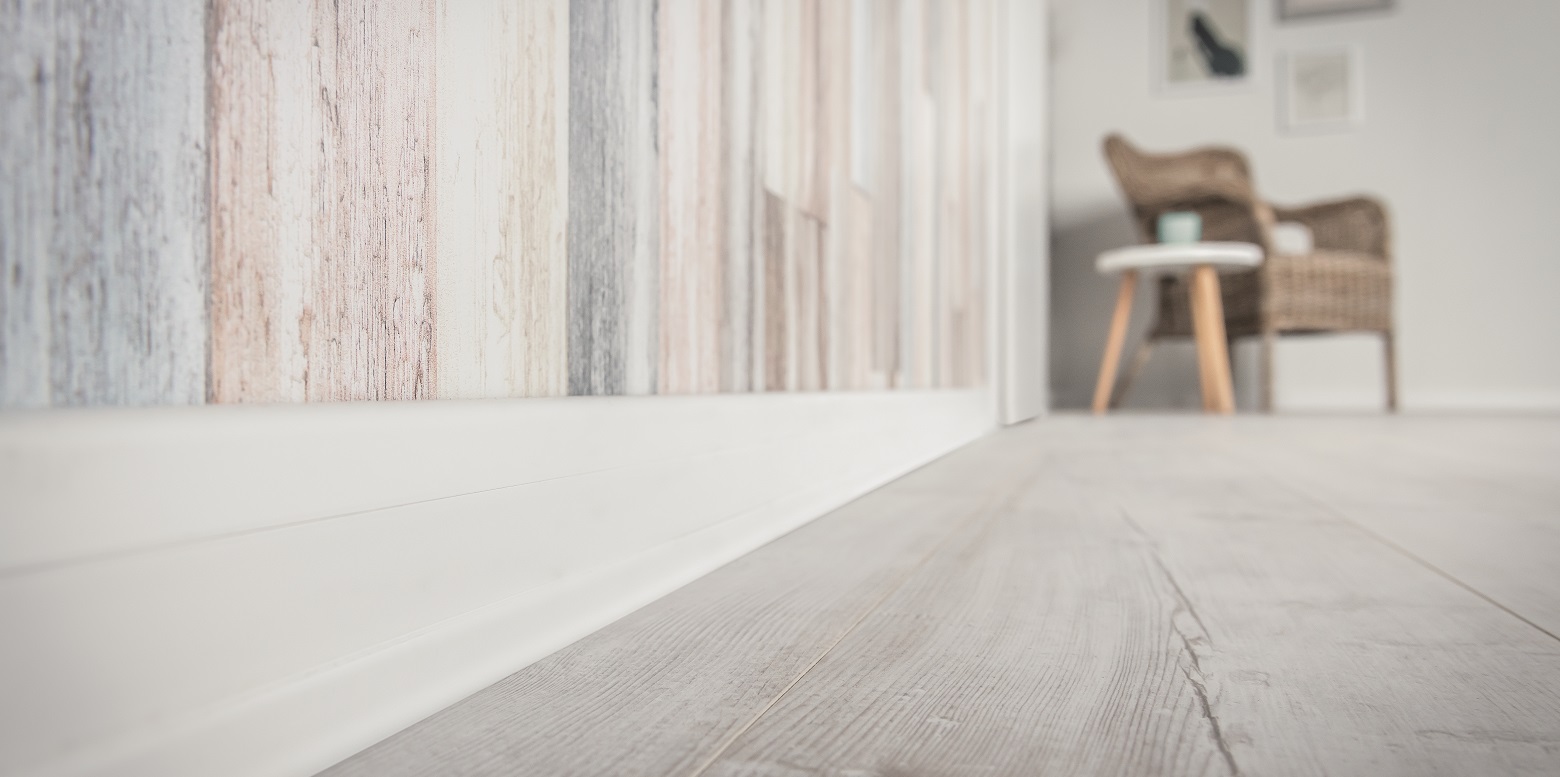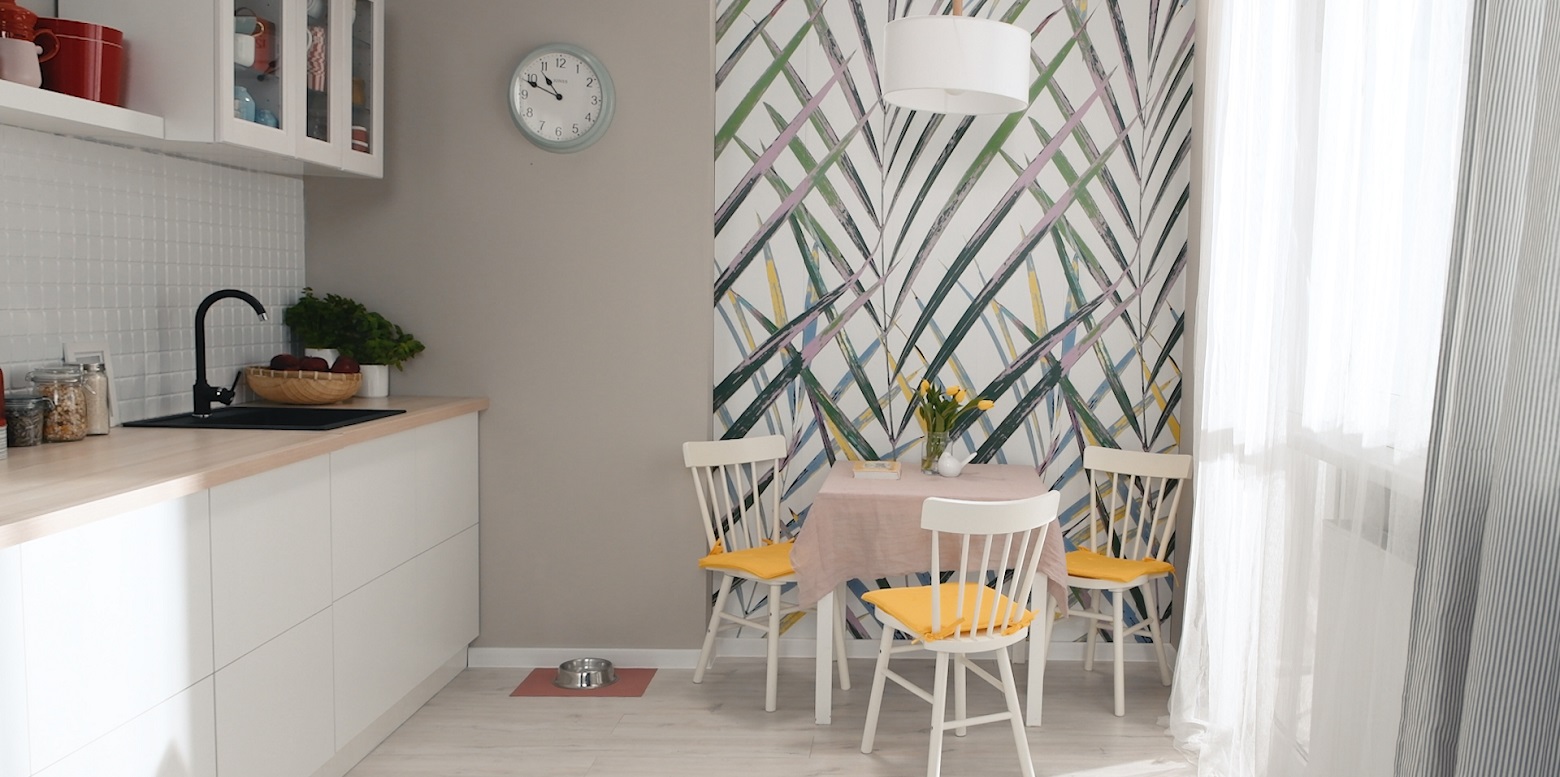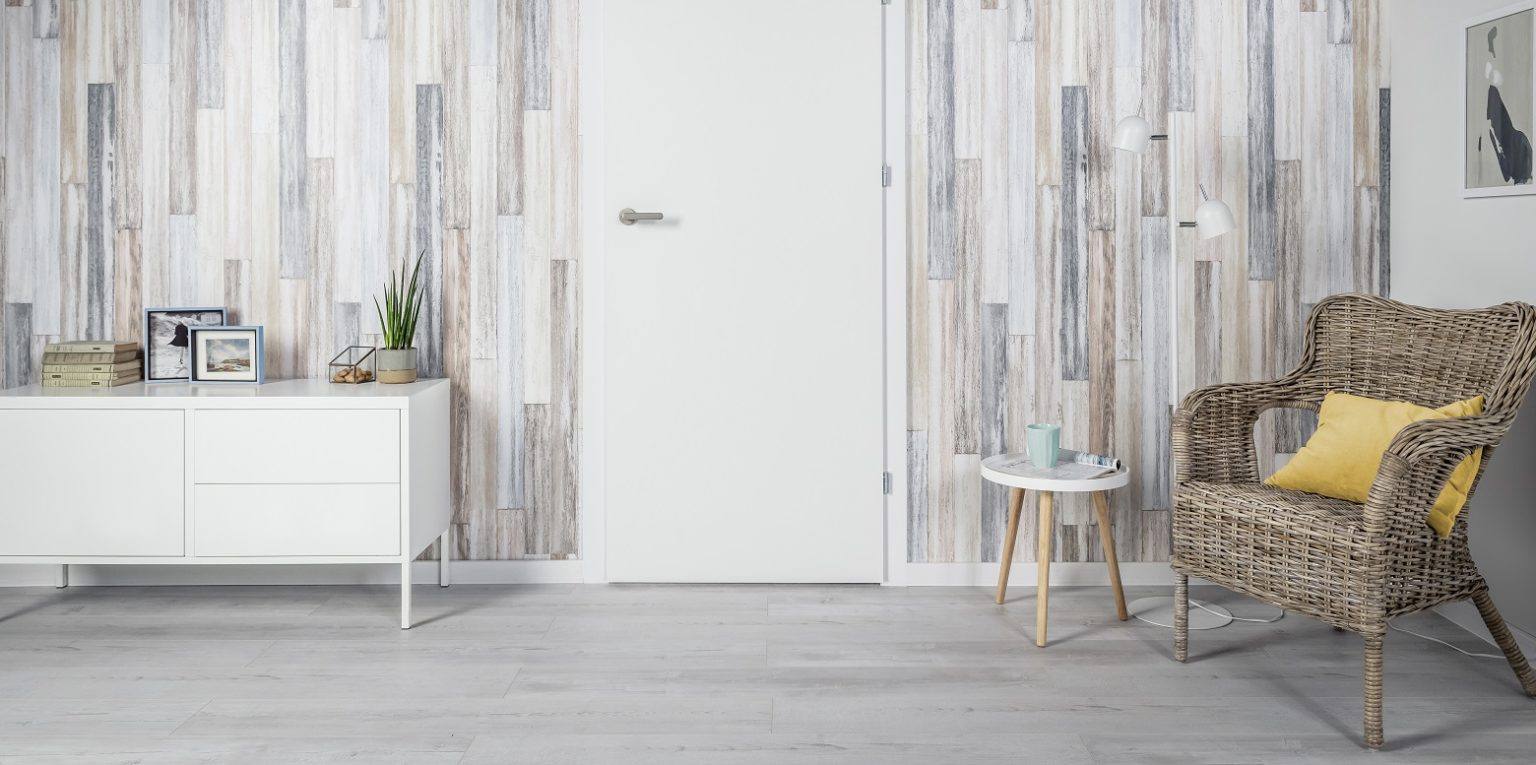
Light-coloured floorboards. How to choose the floor to the interior?
Whether you are in the process of finishing a new apartment or you want to renovate your home, the decision on flooring is crucial to the final result. However, remember to include flooring options at the planning stage, consider matching colours for the whole interior when choosing furniture, doors and wall colour. If you want to enjoy your new floor for many years, pay attention not only to its technical parameters, but also to its colour. It’s a good idea to think about a tailored, versatile solution. After some time when you want to refresh or change the interiors, it is much easier to make a metamorphosis by changing the colour of the walls. Laying a new floor is much more expensive and labour intensive.
What type of flooring to choose?
The floor is the element of the interior most vulnerable to damage, so before choosing a colour, it’s worth considering the type of flooring best suited to your needs. Currently, there are a lot of floors on the market that guarantee resistance to damage, moisture and abrasion. So which one to choose? The trend is now back to natural materials such as wood, cork and designer concrete. Wooden floors and parquet certainly have a noble appearance and it is a great advantage to be able to match the colour to the interior. Simply apply oil to darken the boards and staves or paint it the colour of your choice. This, of course, comes with the added cost of already expensive material. Fans of natural wood flooring may be deterred by its low resistance to damage and scratching. What comes to the rescue is sanding the floor with a sanding machine. If you care about the beautiful appearance of your wooden floor, it is worth taking this into consideration right away. If you have a wooden floor, you should also remember to vacuum frequently, as debris left on the boards can scratch them when you walk on them.
Cork is a 100% natural material and has plenty of advantages, which include the manufacturing process itself, as it does not require cutting down trees. Cork flooring is created from the bark of the cork oak tree, which is removed without disturbing or harming the tree. And importantly – the bark layers are recovering. Cork flooring is very light and flexible, plus it has very good thermal insulation, which can be a plus in rooms where we value warmth and comfort. And it’s also easy to clean, but be sure to remove tougher stains, such as those caused by coloured liquids, right away. Unfortunately, this type of flooring also has drawbacks. Cork exposed to strong sunlight can fade, so it’s a good idea to take the room’s sun exposure into consideration when planning your flooring purchase. This material does not attract dust, which can be a huge plus. However, this doesn’t mean that it will keep the dust out of your apartment, it can just float around in the air. This is worth considering if you share your home space with a pet that sheds a lot of hair.
An interesting interior design solution is also the use of concrete. It is perfect for minimalist interiors and adds an industrial touch. This material is very resistant to abrasion and damage, although due to its properties scratches may appear after some time. It is also easy to clean and does not require special care, although it is worth thinking about impregnation to keep the surface looking nice. The material itself is very cheap, but to achieve the ideal effect it is best to use the services of professionals. A concrete floor is very cold, to change this you can install underfloor heating, but in this case it is also an additional, considerable cost.
It is also worth mentioning the choice of colour in terms of functionality. A light-coloured floor will be more forgiving when dust collects. And if you have pets, also think about the collection of hair, highly visible on a contrasting colour floor. Matt or glossy? Of course, it depends on your preferences and the style of your home, but keep in mind that glossy floors require more attention.
If you are looking for practical solutions that imitate natural materials, think about laminate panels. Thanks to the advanced structures imprinted in the wear layer, laminate floors resemble natural wood floors in appearance and structure, while being much more resistant to scratches, stains or dents. Laminates are characterized by easy installation – floors have a milled lock, so called click, which gives the possibility to lay the floor “floating”, so there is no need to glue it to the floor. You can easily install Vilo laminate flooring yourself – check out the installation video here. Would you like to know more about laminate flooring? Read the post What are laminates.
Bright floorboards are not only for minimalist interiors
Light-coloured flooring is no longer just the domain of minimalist interiors. This is determined by its versatility. Whatever style you decide on, a light-coloured floor is a safe bet for years to come as it adapts easily to changes in the interior. They are ideal for small spaces, because they optically enlarge them. It can be a background for an arrangement or draw out its desired character. By opting for a light-coloured floor, you have a wider range of options when it comes to choosing furniture and accessories. With a dark floor, it is better to limit the number of accessories. By choosing a versatile solution, you can add character through textiles. If you want to warm up the interior, think about a rug or smaller rugs in a colour that matches the interior.
A bright floor in a loft style? Why not! Delicate colours of the panels will beautifully compose with a brick wall. It can be a classic red brick or a grey, lightly rubbed brick. Read more about brick walls in the post Brick in the Interior.
Light-coloured floorboards. What colour of the furniture should I choose?
It all depends on the style you like. If you are a fan of bright Scandinavian-style interiors, then go for bright furniture. They can be white in combination with grey upholstery. If you want to avoid an overly austere interior, avoid white on the wall. You can achieve harmony in the interior by using paints in pastel shades. Give your interior an extra boost with a “home jungle”. And if you are not afraid of combining styles and stronger accents in the interior, you can opt for a dark colour on the wall. In such a set, anthracite on the most exposed wall will be perfect, with light grey or broken white on the others. You can also consider decorating a wall with posters, in a monochromatic interior, black and white graphics look great, and if you combine styles you can opt for more intense colours or trendy, floral motifs. Remember the power of accessories too! Universal solutions of more expensive interior elements will serve for years. By opting for light-coloured floors and furniture, you can always add different style through accessories. Just use curtains in a strong colour or add a contrasting lamp. You can stay with more subtle accents, such as patterned pillows.
What about dark furniture in a room with light flooring? This can also be an interesting combination, but keep a few things in mind with this combination. Try not to juxtapose white floor and walls with black furniture. Such contrast can be tiring to the eye. It is better to bet on furniture in anthracite and add bright accessories to add lightness to the interior. Also, try not to choose dark furniture with ornaments, because a mass of elements can “take away” the lightness of the bright floor.
Dark floor – which interiors does it suit?
A dark colour on the floor is a good solution, especially for large spaces – it will make the interior seem slightly smaller, and thus cosier. Dark wood will perfectly find its place in a classic interior, because it will add elegance to it. On the other hand, anthracite or even black flooring will emphasize the modern character of the interior. When opting for a dark floor, paint the walls a light colour, but avoid pure white. This will preserve the colour balance of the room.
A dark floor doesn’t mean you have to avoid dark colours on the rest of the interior. If you like strong interiors, you can try a dark colour on the wall, but limit it to a maximum of two walls, so as not to overwhelm the interior. When choosing furniture and accessories, remember that a dark floor will “steal” the whole interior. The colour of the furniture depends on the size of the room, because just as with the floor itself, dark furniture will further reduce the room optically.
If you can’t decide which flooring to choose, think about matching different shades to the function of the room. An open living room with light flooring, a cosy bedroom with a darker shade of panelling, and a friendly children’s room with a natural, warm wood tone? The combinations are many – match them to your interior! Check out the range of Vilo laminate panels here. Remember also to choose the right accessories – skirting boards and underlay for the panels.

